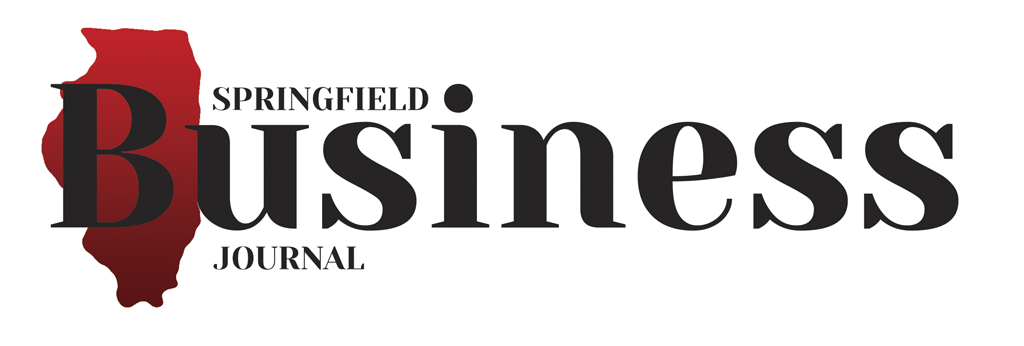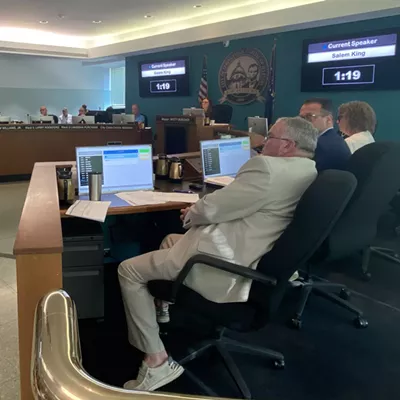As most anyone reading this article can attest, business owners are very busy people. This is why the shoemaker's children go barefoot. As a result, business owners often suffer from a variety of gaps in their overall planning construct. Here are a few planning topics business owners should consider:
Asset protection planning
Financial, tax and estate planning cannot be effective for a business owner if creditors end up taking away their valuable assets. This means all business owners should be focused on asset protection planning. Business owners face a variety of creditor risks, including both inside and outside creditors.
An inside creditor is one who emanates from inside of the business. These risks might include a customer or vendor who sues the business for breach of contract. Another risk might include an employee who sues for any form of harassment suffered within the business.
Inside creditor protection is the most typical reason why businesses operate as business entities – think corporations and LLCs. The corporate or LLC shield should be sufficient to insulate the business owner's personal assets from inside creditor risk. This leaves the business assets and operations to cover inside liabilities, potentially to the point of bankruptcy. Key asset protection planning points for inside creditors include:
• Ensuring that the company's books and records are complete and up to date. In the absence of formal business records, an inside creditor could claim that business liability should extend personally to the owner;
• Considering whether the business should be reorganized to separate risky lines of business from non-risky lines of business – often tax-free reorganizations can be effectuated for this purpose;
• Reviewing relevant business insurance policies to transfer as much risk as possible to third-party insurers, and
• Analyzing the business' balance sheet to determine if excess cash (greater than necessary for working capital) remains on the books. If so, it might make sense to withdraw the cash and allow the owner to hold it in a protected structure.
An outside creditor is one who emanates from outside of the business. These risks include anything from a car accident to personal liability on debt guarantees and fiduciary liability owed to business partners.
Key asset protection planning points for outside creditors include:
• Analyzing overall creditor risk by understanding which assets might already be protected. State law often, but not always, provides default asset protection to certain types of assets;
• Consider engaging in asset protection planning by other means. For example, if a business owner is likely to make lifetime transfers of assets as part of their estate plan, those transferred assets will naturally be insulated from the client's creditors, but without careful planning may become subject to the creditors of the transferee, and
• Consider increasing personal lines of insurance, including umbrella and other specialty policies.
Buy-sell planning
A buy-sell agreement provides a plan for the orderly transfer of any owner's business interest, especially when there are two or more owners. This agreement provides protection in the event of any owner's termination of employment, retirement, divorce, disability or death.
Although succession planning is applicable to any business enterprise, the concept of buy-sell planning tends to implicate businesses with unrelated owners.
When it comes to buy-sell planning, many or maybe most business owners tend to fall into one of two categories:
• A wildly out-of-date buy-sell agreement that fails to set the buyout price at fair market value and may be very difficult to fund; or
• No buy-sell arrangement at all.
Consider modeling the economic, tax and financial planning effects of the existing structure. Walking through the result of the owner's death or disability can be eye-opening and may make your heart race.
Income tax planning
Revisit qualified retirement plan options. Does your business sponsor a qualified retirement plan? Consider reviewing plan design and opportunities to add compelling tax savings opportunities like a cash balance plan.
Do you have family members working for you who are on the payroll? If not, it may be something to consider. By putting a family member (typically an adult child) on the payroll, the child will experience the income at lower rates, use that cash to pay relevant expenses and become eligible for an IRA contribution based on that same earned income.
Review the tax classification of the business. Is the business entity properly classified for income tax purposes? For example, consider analyzing the switch from partnership or sole-proprietorship to S corporation for potential self-employment tax savings. Of course, any reclassification or restructuring has many potential income tax effects, which should be considered with the client's CPA or tax attorney.
As a business owner you are always on the clock. It takes a great deal of energy and dedication to keep a business going, leaving little time for planning. However, it's crucial to take the time to plan with a professional to be certain you're not leaving yourself open to leaving money on the table. Addressing your asset protection needs, tax planning and transition goals now could save you time, money and a headache in the future.
Nicole Anderson, CFP® is a director of wealth management with Choreo, an independent firm focused on redefining the RIA's place in the wealth advisory industry. She helps clients navigate all areas of their financial lives.










